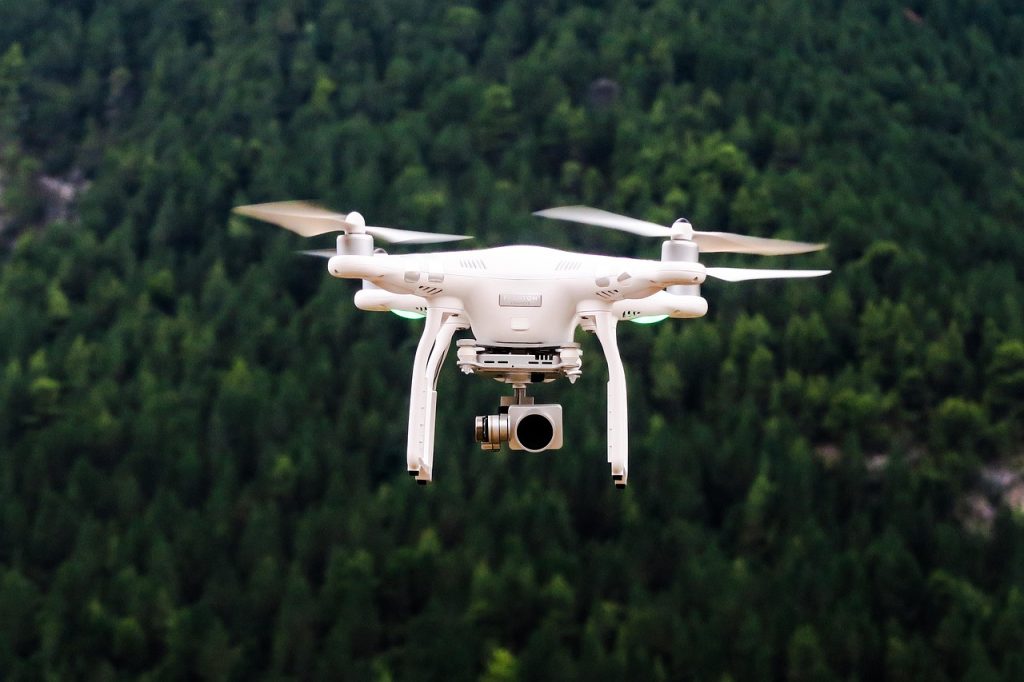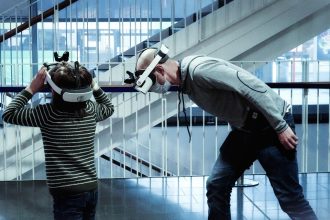Drones in 2025: Beyond Aerial Photography are transforming industries like delivery, agriculture, security, and more with groundbreaking innovation.
Drones have come a long way from being simple flying cameras. Once used mainly for breathtaking aerial shots, drones in 2025 are reshaping industries, redefining logistics, and even saving lives. This year marks a new era — where drones are no longer just gadgets for hobbyists or filmmakers, but essential tools for everyday business and innovation.
In this article, we’ll explore how drones have evolved beyond aerial photography, the industries they’re revolutionizing, and what the future holds for this fast-moving technology.
The Evolution of Drones: From Hobby to High-Tech
Just a few years ago, drones were mostly seen as fancy toys or filmmaking tools. But with rapid advancements in artificial intelligence (AI), 5G connectivity, and automation, drones have become smarter, faster, and more autonomous.
Key milestones in drone evolution:
- Early 2010s – Drones gained popularity for aerial photography and videography.
- Late 2010s – Commercial use grew in real estate, construction, and agriculture.
- 2020–2024 – AI and automation turned drones into independent problem-solvers.
- 2025 and beyond – Drones integrate with the Internet of Things (IoT), enabling them to perform complex tasks without human control.
This transformation has set the stage for drones to go far beyond capturing stunning visuals.
The New Era: What Drones in 2025 Can Really Do
Today’s drones are capable of far more than photography. With powerful sensors, real-time data processing, and smart navigation systems, they’re becoming an integral part of modern infrastructure.
Let’s dive into the industries where drones are making the biggest impact.

1. Drones in Delivery and Logistics
The Rise of Drone Deliveries
Delivery drones are no longer futuristic concepts — they’re part of everyday life in 2025. Companies like Amazon, UPS, and DHL have scaled up drone fleets that deliver packages, groceries, and even medical supplies in minutes.
Benefits of drone deliveries:
- Faster delivery times (as quick as 10–15 minutes)
- Reduced carbon emissions
- Lower operational costs
- Contactless and safe transport
Urban Air Mobility
In dense cities, drones now play a crucial role in traffic management and urban logistics. Lightweight drones transport documents, small parcels, and emergency medicines through designated aerial corridors, reducing road congestion.
2. Drones in Agriculture: Smart Farming Takes Flight
Modern agriculture relies heavily on drone technology. Farmers now use drones equipped with thermal cameras, AI analytics, and multispectral sensors to monitor crops and optimize yields.
How drones are transforming farming:
- Crop health monitoring: Drones detect diseases and pests early through thermal imaging.
- Precision spraying: Automated drones spray fertilizers and pesticides only where needed.
- Soil analysis: Sensors collect data on soil moisture and nutrient levels.
- Yield prediction: AI models process drone data to estimate harvest outcomes.
By 2025, drones have become indispensable partners for sustainable farming — improving efficiency while reducing waste and environmental harm.
3. Drones in Disaster Management and Emergency Response
When disaster strikes, drones often arrive before humans can. In 2025, drones are frontline responders during wildfires, floods, and earthquakes.
Emergency drone applications:
- Delivering medical kits and rescue supplies to unreachable areas
- Surveying disaster zones for damage assessment
- Detecting heat signatures of trapped survivors
- Coordinating with rescue teams in real time
The integration of thermal imaging and AI-powered mapping enables drones to act as “eyes in the sky” — offering critical insights that save time, money, and lives.
4. Security and Surveillance Drones
Security has entered the sky. Drones in 2025 are equipped with facial recognition, motion tracking, and night-vision capabilities to enhance safety in public spaces, events, and borders.
Common uses in surveillance:
- Border patrol and coastal monitoring
- Crowd control and event security
- Building and perimeter surveillance for businesses
- Traffic monitoring and accident detection
AI helps these drones detect suspicious activity automatically and alert authorities without delay, making surveillance smarter and more efficient.
5. Environmental Conservation and Research
Environmental scientists now rely heavily on drones to monitor ecosystems and track environmental changes.
Eco-friendly drone applications:
- Tracking wildlife and migration patterns
- Mapping deforestation and illegal logging
- Monitoring ocean pollution and coral reefs
- Measuring greenhouse gas emissions
In 2025, drones help researchers collect data from dangerous or inaccessible locations without disturbing wildlife, leading to more accurate and humane conservation efforts.
6. Construction and Infrastructure Inspection
Before drones, inspecting bridges, towers, and pipelines required dangerous manual labor and expensive scaffolding. Today, drones with 3D mapping and LiDAR technology can safely survey large structures in minutes.
Drones are used for:
- Monitoring construction progress
- Inspecting wind turbines, power lines, and bridges
- Detecting structural weaknesses through infrared imaging
- Creating 3D digital twins for engineers
These insights allow companies to identify risks early and reduce costly downtime.
7. Drones in Healthcare and Medical Delivery
Healthcare systems worldwide are using drones to save lives. In remote regions, drones deliver blood samples, vaccines, and medicines faster than ambulances.
Examples of healthcare drone innovation:
- Zipline (Africa): Drone delivery of medical supplies to rural areas.
- Emergency AED Drones: Drones equipped with defibrillators for cardiac emergencies.
- Telemedicine support: Drones providing two-way communication and video in emergencies.
In 2025, such systems are becoming more common — proving that drones can bridge healthcare gaps globally.





